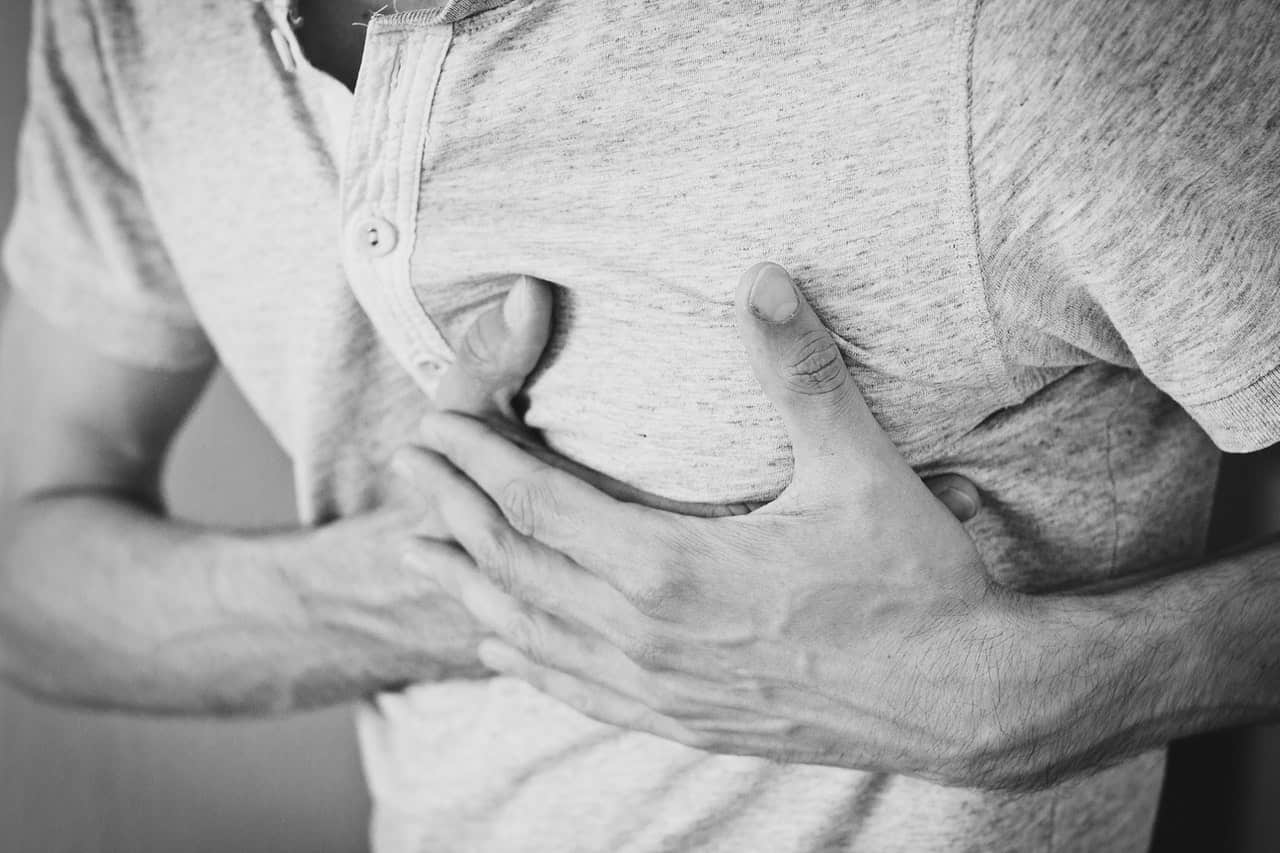
Overview
Angina is the name for a kind of chest pain caused by reduced flow of blood to the heart. It is a symptom of coronary artery disease.
Angina is often described as heaviness, pressure, pain, or squeezing in your chest. Some with angina symptoms describe it as feeling like a vice is squeezing their chest or feeling like a heavy weight has been placed on their chest. Angina can be a new pain that needs doctor evaluation or a recurring pain that goes away with treatment.
Though angina is fairly common it can be difficult to distinguish from other kinds of chest pain such as the discomfort or pain that comes with indigestion. If you have unexplained chest pain, immediately seek medical attention.
Signs and Symptoms
Signs and symptoms of angina include: chest discomfort or pain which could be described as squeezing, burning, fullness, or pressure, pain in your neck, jaw, shoulder, arms or back that accompany chest pain, fatigue, nausea, dizziness, shortness of breath, or sweating. Any of these symptoms need to be evaluated by a medical professional who can determine if you have stable or unstable angina, unstable angina may indicate a heart attack. Stable angina is the most common form, it generally happens when you exert yourself and will go away with rest. For example: chest pain that happens when you’re walking in the cold or uphill is often angina.
Stable angina develops when your heart is working hard, can generally be predicted, and the pain is similar to kinds of chest pain you’ve had previously, usually lasts around 5 minutes or less, disappears sooner if you rest or use angina medication. The type, duration, and severity of angina can vary, new or different symptoms can signal a more dangerous form of angina or a heart attack.
Unstable angina is characterized as a change in your usual pattern of angina. It occurs even when at rest, is unexpected, is generally more severe and lasts longer than stable angina (30 minutes or longer), could signal a heart attack and may not go away with use of angina medication or rest.
There is a third kind of angina called Prinzmetal’s angina. This condition is rarer and is caused by a spasm in your heart’s arteries that reduces blood flow temporarily. It generally happens when you’re at rest, is severe and can be relieved by angina medication.
Angina can present differently in women and the symptoms can vary from classic angina symptoms. These differences can often lead to delays in seeking treatment. Chest pain is a commonly occurring symptom in women with angina, but it can be accompanied by other symptoms. Women can also experience: shortness of breath, nausea, abdominal pain, stabbing pain instead of chest pressure, and discomfort in the back, jaw or neck.
Diagnosis and treatment
Angina is caused because of reduced blood flow to your heart muscle. Your heart needs your blood to carry oxygen into it to survive. When your heart doesn’t get enough oxygen it causes ischemia. The most common reason for reduced blood flow to your heart is coronary artery disease. Your heart’s arteries can become narrowed by fatty deposits called plaques, this is called atherosclerosis.
Reduced blood flow is a supply problem – your heart doesn’t get enough oxygen-rich blood. During times of low oxygen demand (when you’re at rest) your heart may be able to get by on the reduced blood flow without triggering angina symptoms but when the demand for oxygen is increased this can cause angina.
The following factors can put you at a greater risk of angina and coronary artery disease: diabetes, high blood cholesterol, tobacco use, high blood pressure, lack of exercise, stress, older age, obesity, or family history of heart disease.
In order to diagnose angina there are a number of tests your doctor may run including: stress test, electrocardiogram, nuclear stress test, chest x-ray, echocardiogram, cardia MRI, cardia computerized tomography scan, blood tests, or coronary angiography.
Treatment options for angina are varied and plentiful. You could implement lifestyle changes such as quitting smoking, losing weight if you are overweight, exercising, eating healthily, treating diseases that increase your risk of angina, limiting alcohol consumption and trying to reduce stress.
If lifestyle changes do not work you may be put on one of the following medications: nitrates (to widen and relax blood vessels), clot-preventing drugs (such as Plavix or Effient), beta blockers, aspirin, statins (to lower blood cholesterol), Ranolazine, blood-pressure lowering medications, or calcium channel blockers.
If you have unstable angina or if lifestyle changes and medication are not working you can also undergo angioplasty and stenting to widen your arteries to increase blood flow to the heart. You can also have coronary artery bypass surgery to aide with blood flow.


